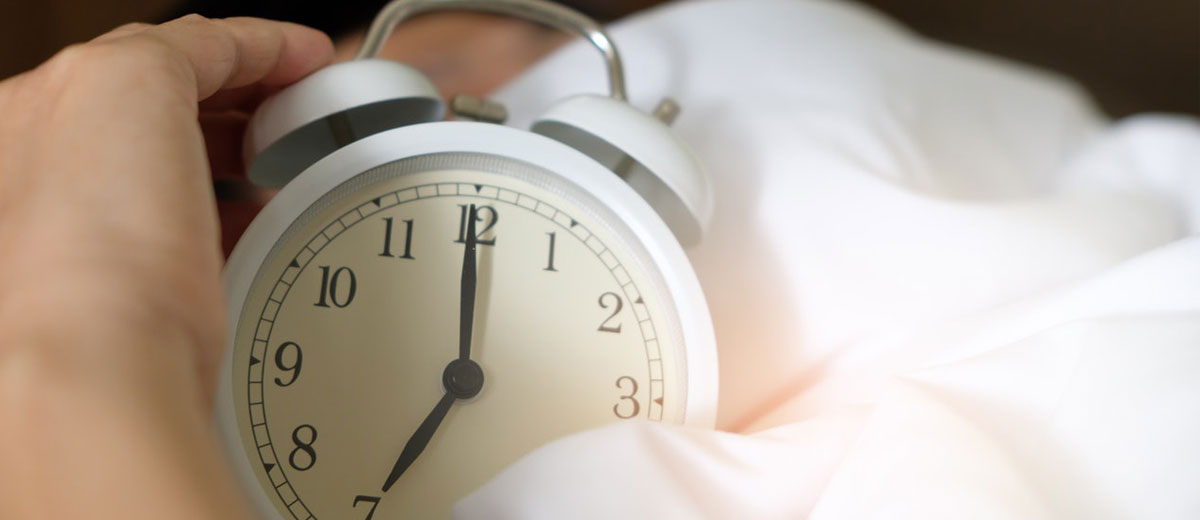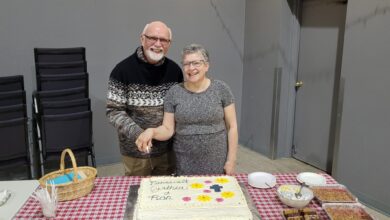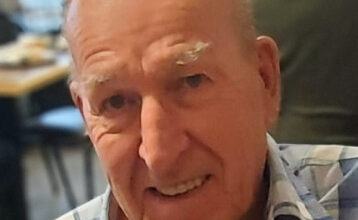
It can sometimes feel like a daunting trying to drum up new ideas for novels or short stories, and it becomes even harder when you are running low on sleep.
However, a recent study conducted by researchers from MIT and Harvard Medical School suggests that there may be a solution to enhance productivity and creativity: and it includes taking a nap–enough said, sign me up.
The new study now suggests that your mind is most fruitful after a brief nap, or during the sleep onset stage when you are drowsing between sleep and waking.
According to Kathleen N. Esfahany, a senior at MIT and lead author of the study, individuals who were asked to dream about a specific topic during their sleep phase performed significantly better in creative tasks related to that subject. The researchers referred to this technique as “targeted dream incubation.” The findings, published in Scientific Reports, revealed that participants who received this prompting generated more imaginative ideas compared to those who took unprompted naps or remained awake. The scientists believe that during the dream state, the brain establishes stronger connections between various concepts, thereby enhancing creativity.
Adam Haar Horowitz, another lead author of the study, emphasizes that accessing this unique brain state during sleep onset can have positive effects on one’s waking life, leading to increased creativity. The researchers specifically observed that participants who quickly entered the sleep entry stage, known as N1, were more likely to discover effective methods to solve numerical tasks.
The MIT researchers aimed to apply their findings to fields that rely heavily on creativity, such as storytelling. They were also intrigued by the possibility of influencing dream content and its impact on the creative process. To delve deeper into the analysis, Horowitz collaborated with a group of classmates from the MIT Media Lab and developed a tool called Dormio. This device measures three physiological indicators of sleep—heart rate, skin conductance, and muscle tone—through a glove and transmits the data to a smartphone or laptop app.
While wearing the Dormio glove, users are prompted by the software to dream about a specific subject during the N1 stage. The software records users’ dream descriptions, and just as they are about to transition to the next stage of sleep, it gently wakes them up. The researchers conducted an experiment using Dormio, instructing one group to dream about trees and documenting their dream descriptions during a 45-minute nap.
After each dream report, the participants were encouraged to go back to sleep and were then instructed to dream about a “tree” once again. Another group of participants used the device for napping but received no specific instructions for their thoughts. Additionally, two more groups remained awake for the entire 45-minute period: one group was asked to think about trees, while the other was told to observe and track their thoughts.
Following the nap, the subjects were assigned three tasks that had previously been shown to correlate with creativity. The first task required them to write an imaginative story using the word “tree.” Notably, participants who had been instructed to dream about trees performed the best in two other creativity tests known as divergent thinking tasks. In one task, they had to generate as many original applications for a tree as possible, and in the second task, they had to quickly respond with the first verb that came to mind for a list of nouns.
When the researchers analyzed the performance on all three tasks, they discovered that those who had napped with targeted dream incubation outperformed those who had napped without it by 43% and those who had stayed awake without it by 78%. Esfahany explains that by guiding individuals’ thoughts during the sleep onset period, the opportunity to explore more distant concepts is also guided. Dreaming about a tree, for example, leads to broader associations related to trees, which can then manifest in more creative responses.
Currently, scientists are exploring the possibility of extending the dream incubation process to later stages of sleep, such as rapid eye movement (REM) sleep








































